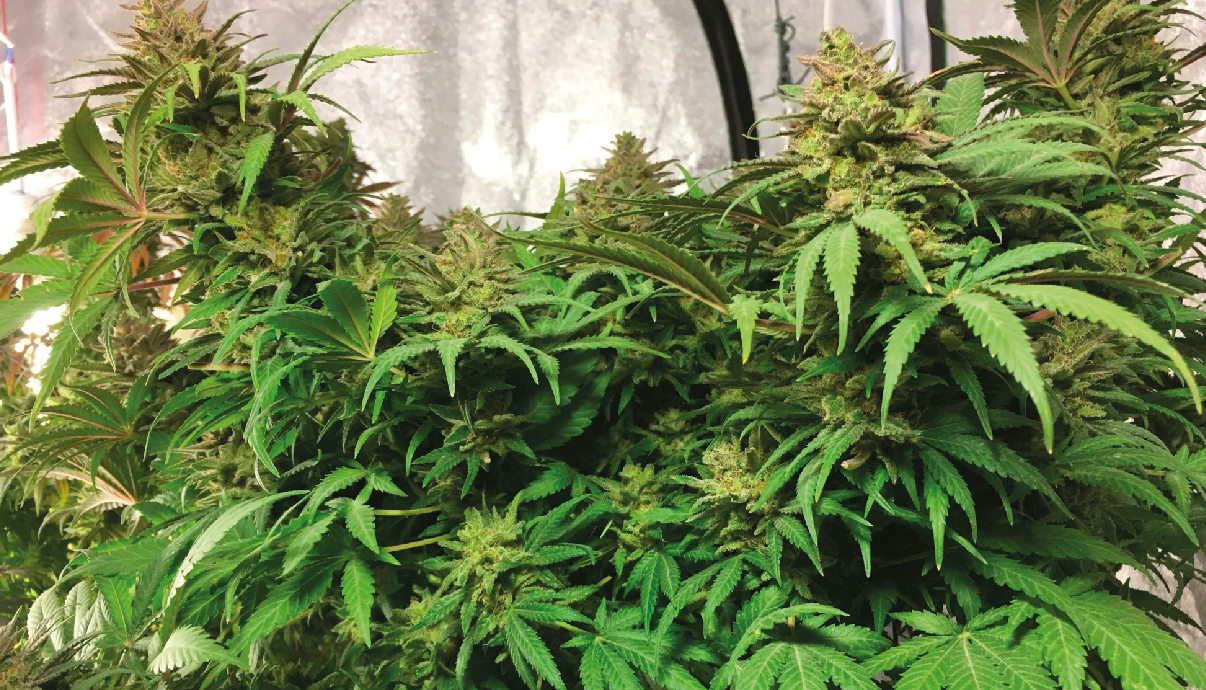
Up to 4 Years Beans Carrots Peas Chamomile Cilantro Dill Lavender Marjoram Mint Oregano Rosemary Thyme Up to 3 Years Sweet Corn Leeks Okra Parnips Sage If you look around at different sources for seed storage life, there is some conflicting data. So, a seed might germinate, but the plant might not grow very well.Īgain, not worth the chance in my opinion. As a seed ages, its ability to produce a healthy and vigorous seedling declines. There’s also a concern about plant vigor or viability. My garden season is too short and I’d rather spend the few extra dollars on new seeds to ensure I’ll have more success. When this happens, I often don’t realize it for several weeks after planting, and that means I’ve already lost a lot of time. For me, it’s not worth it to take the chance that seeds I’m planting won’t germinate well. I err on the side of getting rid of old seeds instead of keeping them.

Personally, I have a lot of seeds and I don’t want to give up valuable storage space in my fridge. Most recommendations I’ve read suggest using glass jars with desiccant packets placed in them.

You could store your seeds in your refrigerator. It would be like working in a refrigerator if my office was that cold! I store my seeds in this neat plastic storage case in my office closet, so they’re definitely not getting those conditions. But, optimal conditions are often cited as around 42 degrees F and low humidity. Stored under optimal conditions, seeds can last up to five years. The first step before you sit down in front of your computer to order new seeds is to sort through your existing seed stash and look at the dates on all of the packets. But, some seeds, like flowers, should only be lightly covered because they need light in order to germinate. Seed planting depth: Most seeds will need to be covered in soil to aid germination. How quickly they do so is often dependent upon whether you’re giving them the optimal conditions. Most vegetables germinate between 7-14 days. The back of the seed packet will often list the best timeline for starting those particular seeds and can be a handy double check on your timing.įor example, on the back of my Lively Italian Yellow Pepper seeds from High Mowing it states, “Start transplants 6-8 weeks before planting date.” I can double check my calendar to make sure I’m starting those seeds at the appropriate time.ĭays to germination: This will give you an idea of when you can expect the seeds to start poking up through the soil. Timing: You should be using a custom seed starting calendar that maps out what seeds to start when based on your average last frost date. My Jalapeno seed packet has a tip that says, “Peppers germinate best in warm soil, so gentle bottom heat may be helpful until seedlings emerge.” (I’ll talk more about this in #4.) Temperature: If there are any soil temperature considerations for a particular vegetable the company will print that on the seed packet. The most critical things to note at seed starting time are the following:

There’s also a lot of useful information on the back!īefore you start sowing seeds, slow down and take a minute to read over the seed packet. The purpose of a seed packet isn’t just so you can look at a pretty picture of the vegetable you’re growing.

#LIGHT SCHEDULE FOR GERMINATING SEEDS HOW TO#
Tips for How to Germinate Seeds for Seed Starting Let’s get started in learning five tips for how to germinate seeds successfully every time. There are a few simple tricks you can incorporate into your seed starting process that will help you increase your success rate and avoid seed starting disappointments. If you’ve been foiled by your seeds in the past because you don’t quite understand how to germinate seeds evenly and quickly, I have good news! Unfortunately, it can also be frustrating when you have trouble getting those stubborn seeds to germinate into the plants that will eventually provide you with the food you’re so eagerly anticipating. Growing your own food from seed is quite an amazing process! And it’s exciting to imagine the day when they’ll grow big enough to provide you and your family with harvests of beautiful vegetables. When you first break open those seeds packets it feels like a miracle to hold tiny, new seeds in your hands. After ordering seeds from various catalogues, setting up your seed starting rack and lights, and gathering all of your supplies, it’s time to finally plant. Starting seeds at home can be an extremely exciting and enjoyable part of your gardening experience.


 0 kommentar(er)
0 kommentar(er)
